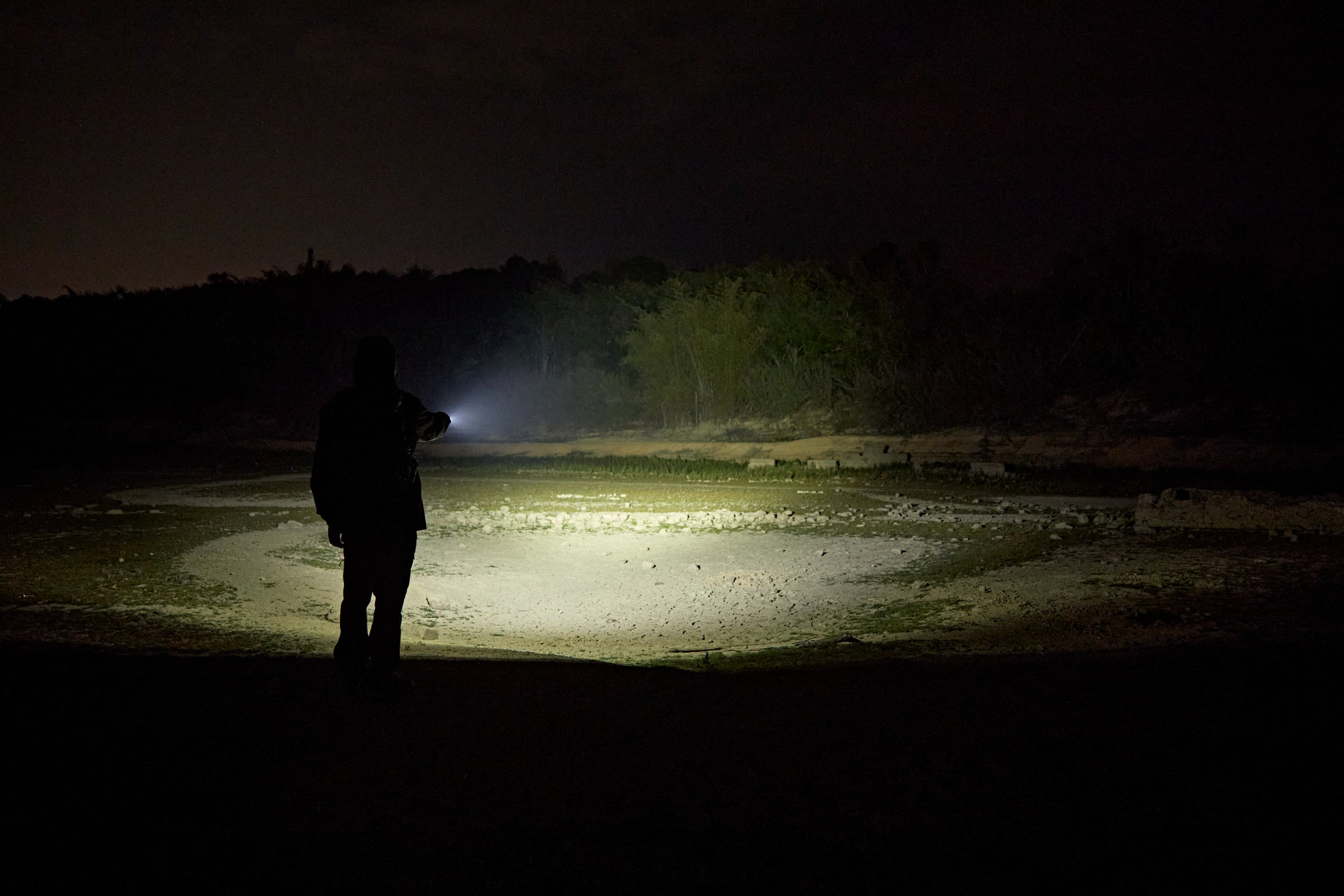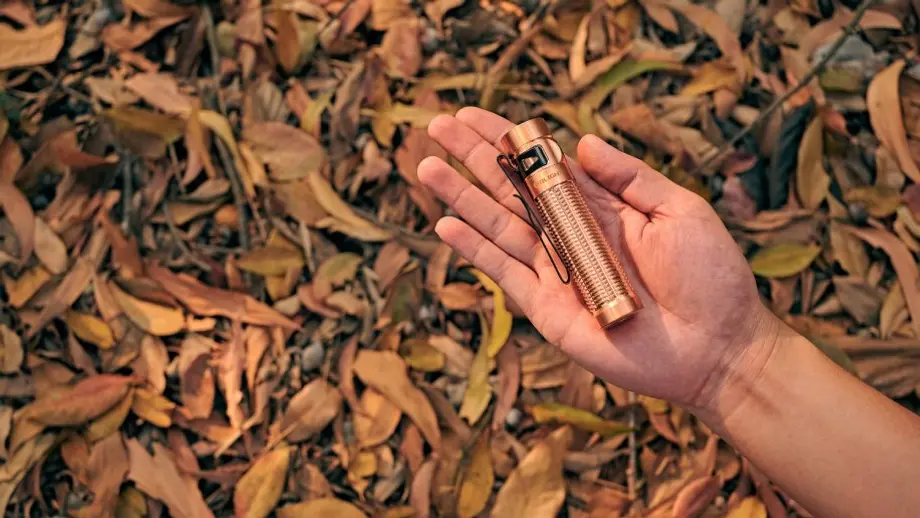A rechargeable emergency flashlight can be handy in many ways. From night camping to fixing your basement pipeline to sending emergency signals, having a reliable flashlight can make your life a lot easier.
But with so many flashlights available on the market, it can be overwhelming to choose the right one. That's why it's crucial to know what features to look for when purchasing a rechargeable emergency flashlight.

Here are 10 features to look for while buying a reliable rechargeable emergency flashlight.
1. Light output
Lumens measure the brightness of a flashlight. The higher the lumens, the brighter the flashlight will be. You can find information about your flashlight's output on its packaging.
Depending on your needs, you can choose the lumen output. The intensity of the light will determine how useful your flashlight is in different situations. You don't need the brightest flashlight for all tasks, which is why you should decide first how you want to use the flashlight.
For outdoor activities, you will need a high-lumen flashlight, whereas, for indoor activities, a flashlight with 100 lumens will do the trick. If you're looking for a flashlight that works indoors and outdoors, Olight Baton 3 Pro 1500-lumen flashlight is a good option. If you want more lumens, check out the Olight Baton 3 Pro Max 2500 Lumens Flashlight.

2. Battery Type
The battery is the second most important thing after lumens. To get the most out of your flashlight, it's imperative to choose a battery type that suits your needs.
Three types of batteries are used in a flashlight: disposable battery (such as AAA or AA batteries), rechargeable battery(lithium-ion batteries), and renewable battery (which has a hand crank or solar panel for manual charging).
I can't tell you which one to buy because battery choice depends on your specific needs and preferences. Personally, I prefer rechargeable batteries because it's so convenient to recharge and cost-efficient in the long run.
3. Run Time
Another reason why I prefer rechargeable batteries is that it has a longer runtime than traditional flashlights that use disposable batteries.
As a very general estimate, a low-lumen flashlight (less than 100 lumens) will run for about 20-50 hours. A 100-300 lumen flashlight will run for about 6-12 hours on its highest setting, while a high lumen torch or headlamp (over 300 lumens) will run for about 2-8 hours on its highest setting.
These estimates are very broad and depending on the product, the life of the flashlight battery may be significantly longer or shorter.
Flashlights with stronger, more expensive batteries have longer run times than those with weaker batteries. However, flashlight size can also affect its run time. If you're buying a compact flashlight, opt for a rechargeable flashlight.
4. Size and Weight
You should understand that larger flashlights are not necessarily more powerful. Take the Baton 3 Pro rechargeable emergency flashlight. This flashlight is smaller than your palm and still produces up to 1500 lumens.
For emergency preparedness, compact and lightweight flashlights are a better option because they won't take up much space in your emergency kit. This flashlight is also easier to carry and access anytime you need it.

5. Bulb Type
If you're looking for maximum light output and energy efficiency, LED flashlights are an excellent choice. The LED bulb is not only energy-efficient but also highly impact-resistant, which means it can withstand drops from a certain height.
Though incandescent and fluorescent bulbs are still used today in different gadgets, you'll rarely see them in modern flashlights.
6. Beam Type
Flashlights come in 3 beam types, flood, spot, and adjustable. Flood beams produce a thin beam of light that illuminates a wide area. A spot beam produces a narrow but focused beam that can be used as a spotlight. Adjustable beams allow you to switch between flood and spot modes depending on your needs.
Among the three types of beams, the flood beam is the most common type found in almost all standard flashlights. Unless you are using a flashlight for a specific purpose such as a search operation or tactical situation, a flood beam flashlight is all you need. Adjustable beams can also be an effective choice, but they will need to be changed frequently as necessary.
If you need a flashlight for camping or hiking, a flood beam is a more reliable option. For search and rescue operations, spotlights are the best option, Check out the Olight Marauder mini Dual-beam with Spot and Flood flashlight.
7. Modes and Control
Having multiple modes and settings can be useful in different situations. For example, the adjustable beam that we talked about in the previous point also needs a multiple-mode option to operate.
The key flashlight modes to look for in a rechargeable emergency flashlight are multiple brightness levels, strobe mode, and a battery level indicator.
For control, you can choose a simple on/off push button or a rotating bezel, whichever is easier for you to use. Other settings you can look for are a proximity sensor, a battery level indicator, and a magnetic base. All these modes and settings are available on the Olight Baton 3 Pro.
8. Material
The flashlight's material determines its durability. Flashlights made of plastic are lightweight and easy to maintain but not as durable as flashlights made of metal.
Metal body flashlights can resist strong impact and weather conditions. This flashlight can also be used in tactical situations, in harsh conditions, and during outdoor activities.
So my recommendation will be to go for a metal body flashlight. I don’t know if you noticed, Olight released the first magnesium alloy (Baton 3 pro max desert brown) flashlight! Magnesium Alloy is a mixture of magnesium and other alloying metals, usually aluminum, zinc, silicon, manganese, copper, and zirconium. it has the reputation of being a green and very 21st-century material, as magnesium is very abundant and can be obtained from many ores as well as seawater. Magnesium alloy is currently used in the aerospace, motorsport, and car manufacturing industries. it also shows great promise as a metal of choice for the future industry as well.

9. Accessories
Flashlights nowadays come with various add-ons and accessories that enhance their functionality. Some common accessories include lanyards, carabiners, holsters, belt clips, and wall stands. These accessories can make it easier to carry and access your flashlight, especially in situations where you need it hands-free.
I recommend the Baton 3 Pro rechargeable emergency flashlight because of its magnetic L-stand which is a wall mount to store the flashlight. When choosing a flashlight, consider what accessories may be useful for your specific needs.
10. Know Your Needs
List down how you'll use your flashlight, this will help you decide what to look for in a flashlight. Go ahead to buy a flashlight without doing your research will not only cost you time and energy but you might also end up buying the wrong flashlight.
In conclusion
Whether you’re looking for a small flashlight, pens light, or a customized EDC flashlight, do your research. Look for popular brands like Olight, compare their products, and find the right fit for you.
Right now the hot-selling Olight rechargeable emergency flashlight is the Baton 3 Pro. This flashlight has everything you need, from multiple modes to 1500-lumen output and more. Click here to read more about the product.






